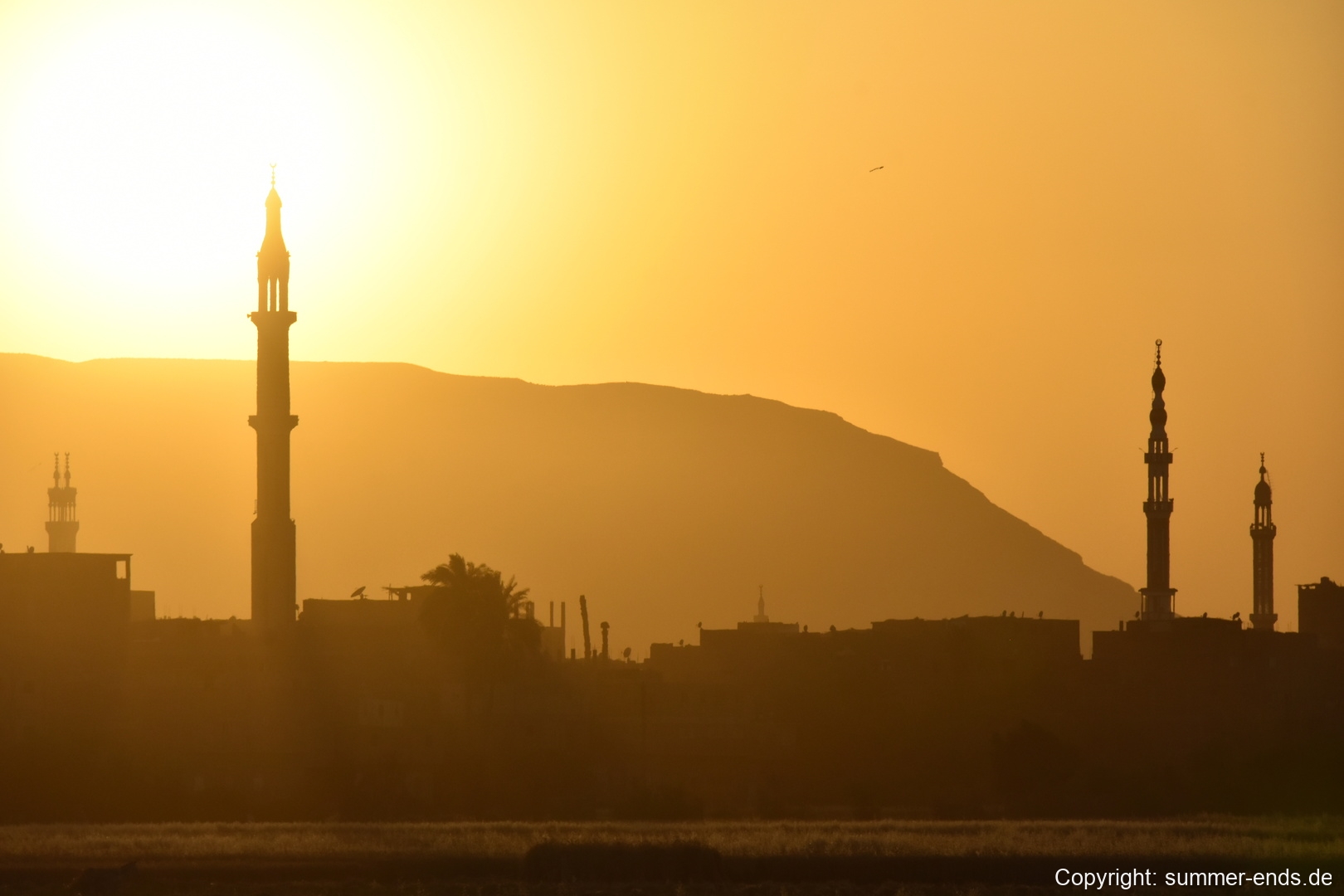Abydos – The Sacred City of Osiris and Ancient Egyptian Kings
Explore the Ancient Mysteries of Abydos
Located in Middle Egypt, north of Luxor, Abydos is one of the most important and sacred sites in ancient Egyptian history. Revered as the burial place of Osiris, the god of the afterlife, Abydos was a major religious center for over two millennia and remains one of Egypt’s most fascinating archaeological destinations today.
Historical Significance
Abydos is among the oldest cities in Egypt, dating back to Predynastic times (before 3100 BC). It became the center of worship for Osiris and was believed to be his final resting place.
Because of its deep spiritual significance, pharaohs from across the ages commissioned temples and monuments here to honor Osiris and secure their place in the afterlife.
The site also served as the burial ground for many of Egypt’s early kings from the 1st and 2nd Dynasties.
Highlights of Abydos
1. Temple of Seti I (The Great Temple)
The most famous and well-preserved monument in Abydos is the Temple of Seti I, built during the 19th Dynasty (circa 1290 BC).
Highlights:
- Beautiful Reliefs: Known for some of the finest and most delicate carvings in all of Egypt, still retaining original colors.
- Seven Sanctuaries: Each dedicated to a different deity, including Osiris, Isis, Horus, Ptah, and Amun-Ra.
- Abydos King List: A priceless historical inscription listing the names of 76 pharaohs in chronological order, a vital resource for Egyptologists.
- Osiris Chapel: A beautifully decorated sanctuary devoted to Osiris and the afterlife.
2. Temple of Ramesses II
Located just a short walk from Seti I’s temple, this smaller but significant structure was built by Ramesses II to complement his father’s temple.
Highlights:
- Military Reliefs: Carvings showing Ramesses II’s military victories, including the Battle of Kadesh.
- Depictions of Rituals: Scenes illustrating royal offerings to the gods.
3. Osireion
Behind Seti I’s temple lies the enigmatic Osireion, believed to be a symbolic tomb of Osiris.
Highlights:
- Large, megalithic stone blocks resembling a subterranean chamber.
- Surrounded by a water basin, likely representing the primeval waters of creation.
- Mysterious architectural features still debated by archaeologists.
Why Visit Abydos?
- Experience one of the most sacred pilgrimage sites of ancient Egypt.
- See some of the most detailed and best-preserved temple reliefs in the country.
- Explore an off-the-beaten-path site with fewer tourists compared to Luxor or Aswan.
- Discover important historical inscriptions, including the famous Abydos King List.
Tip: Hire a knowledgeable guide or Egyptologist to fully appreciate the site’s complex history and symbolism.
How to Get to Abydos
- By Car: Approximately 2.5 to 3 hours north of Luxor by private taxi or guided tour.
- Tours: Many Nile cruises or Luxor-based tours offer optional day trips to Abydos (often combined with Dendera Temple).
Practical Travel Tips
- Best Time to Visit: October to April (cooler temperatures and pleasant weather).
- Time Required: 2–3 hours on site, plus travel time.
- Photography: Allowed inside the temples; some restrictions may apply for flash photography.
- Nearby Sites: Dendera Temple (can be visited on the same day trip).

























